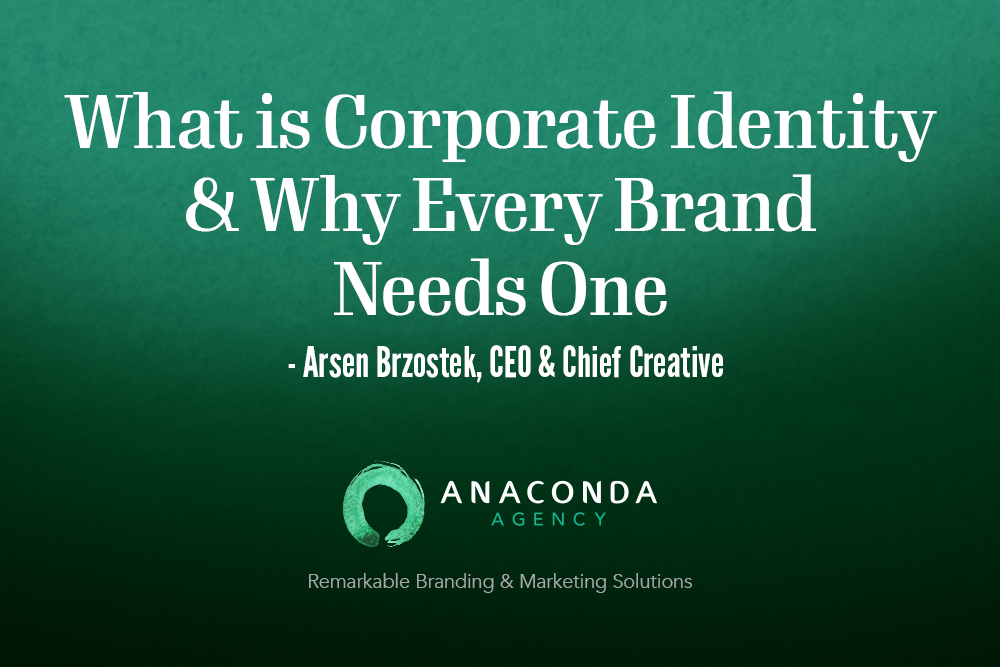
Your identity tells the world who you are. Corporate identity is, in essence, your company’s physical representation of itself to the outside world, expressing your uniqueness and setting you apart from all others. At its core, corporate or brand identity is thus conceptually similar to our own, as reflected in our facial features: visible details that differentiate us from all others. Detected in our features are the various characteristics that combine to shape our individuality.
Similarly, a company distinguishes itself via the identity it presents to the world. A logo—a combination of visual cues including colors, designs, and words, and marks—is strategically deployed to make an optical statement, communicate a corporate ethos or philosophy, and show consumers how you want the company to be remembered. Various assets, ranging from websites and TV commercials to large format aviation graphics, display the company’s identity and are an extension of its culture.
What does a strong identity do for you?
A robust corporate identity conveys the strength of the company, contributes to brand power, and inspires a degree of consumer confidence. Consistently implementing your identity across all marketing platforms creates a strong brand. A great company can have great products, but if the corporate identity is uneven or mismanaged or fuzzy in the minds of consumers, they may not feel sufficient confidence in the brand to develop loyalty. Because perception is reality, maintaining a consistent, strong identity over time nurtures the consumer’s connection to the brand, fostering trust and affinity.
A strong corporate identity cohesively unifies your value proposition, the systems you use to create that value, and the products or services you provide, which represent that value to consumers. In this way your corporate identity gives consumers confidence and transmits proposed value to them, sometimes even before they have used your product.
CRED: 4 requirements for strong corporate identity
These four time-honored factors are recognized in marketing as the gold standard of brand identity. They are vital to creating and sustaining a strong brand.
Consistency: To generate credibility among the public, all branding activities, marketing communications, and user experiences with the brand need to be in alignment. Consumers repeatedly exposed to the same simple messaging across all points of interaction with a brand find the message easier to trust; consistency thus fosters brand acceptance.
Relevance: Companies need to connect to what people care about by listening to them and deeply understanding their needs and desires; to stay relevant, marketers should remember that consumers, quite rightly and logically, care about only one thing: “What’s in it for me?”
Esteem: Esteem is the positive reputation a company and its brands earn by having a strong corporate identity and a demonstrated ability to execute on promised user experiences.
Differentiation: A brand’s uniqueness is what makes it get noticed, stand apart from others in a highly competitive market, and, potentially, gain preference. The more distinct from competitors a brand is made to look, the more unique consumers will perceive it to be.
Ultimately, companies earn brand credibility when consumers “buy in”—when their perception of trustworthiness combined with expertise gives rise to the belief that the company’s stated intentions are legitimate and that it has shown the capacity to fulfill them. A corporate identity with “CRED” is well on the way to securing brand credibility.
